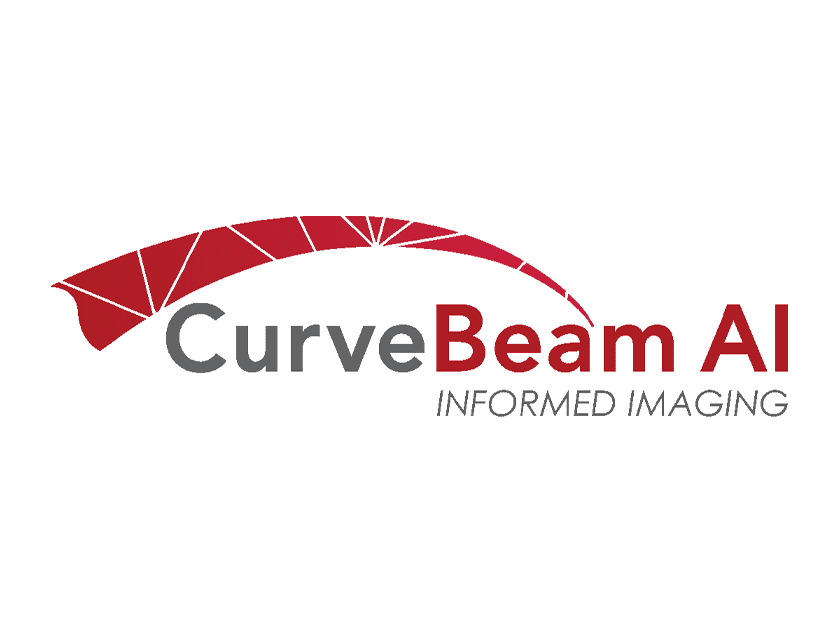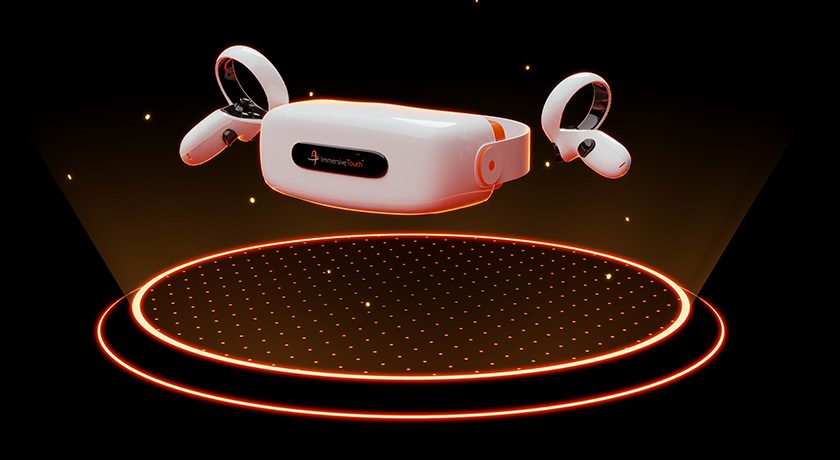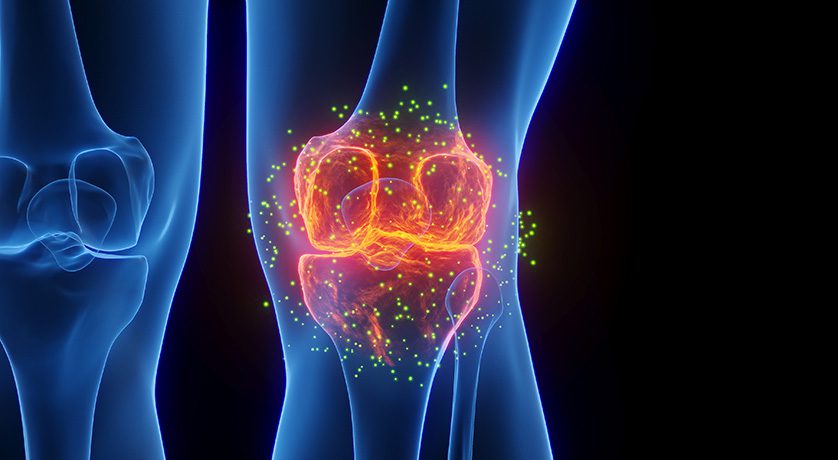

 Copy to clipboard
Copy to clipboard 
CurveBeam and StraxCorp entered into a definitive merger agreement to form CurveBeam AI. The new entity AI expands CurveBeam’s point-of-care imaging solutions into the bone health space, as well as artificial intelligence (AI)-driven applications for weight-bearing CT (WBCT) imaging.
CurveBeam manufactures cone beam CT imaging systems for orthopedic specialties, while StraxCorp is a provider of cloud-based medical software solutions to aid in the improvement of bone health, specializing in AI and deep learning solutions for bone separation, segmentation and microstructure as a means for improving bone fragility screening to aid clinicians in preventing fragility fractures.
The companies have been collaborating since 2018. CurveBeam AI will apply the same AI & DLAI solutions to automated orthopedic analyses and will deliver both platforms as “Software as a Medical Device’ through the Cloud.
In partnership with StraxCorp, CurveBeam adapted the resolution of its InReach cone beam CT imaging system for the distal extremities to assess bone microstructure. The InReach HR-pQCT (high resolution peripheral quantitative CT) offers a resolution of 80 micron to visualize cortical porosity and trabecular density. The solution takes HR-pQCT out of the research setting to the point-of-care to improve bone fragility assessment.
CurveBeam AI’s global operations headquarters for product development, Regulatory, manufacturing and operations including marketing, sales and customer care will remain in Pennsylvania. CurveBeam AI’s corporate office in Melbourne, Australia, will cover AI research & development, corporate finance and IP functions.
Source: CurveBeam
CurveBeam and StraxCorp entered into a definitive merger agreement to form CurveBeam AI. The new entity AI expands CurveBeam's point-of-care imaging solutions into the bone health space, as well as artificial intelligence (AI)-driven applications for weight-bearing CT (WBCT) imaging.
CurveBeam manufactures cone beam CT imaging systems for...
CurveBeam and StraxCorp entered into a definitive merger agreement to form CurveBeam AI. The new entity AI expands CurveBeam’s point-of-care imaging solutions into the bone health space, as well as artificial intelligence (AI)-driven applications for weight-bearing CT (WBCT) imaging.
CurveBeam manufactures cone beam CT imaging systems for orthopedic specialties, while StraxCorp is a provider of cloud-based medical software solutions to aid in the improvement of bone health, specializing in AI and deep learning solutions for bone separation, segmentation and microstructure as a means for improving bone fragility screening to aid clinicians in preventing fragility fractures.
The companies have been collaborating since 2018. CurveBeam AI will apply the same AI & DLAI solutions to automated orthopedic analyses and will deliver both platforms as “Software as a Medical Device’ through the Cloud.
In partnership with StraxCorp, CurveBeam adapted the resolution of its InReach cone beam CT imaging system for the distal extremities to assess bone microstructure. The InReach HR-pQCT (high resolution peripheral quantitative CT) offers a resolution of 80 micron to visualize cortical porosity and trabecular density. The solution takes HR-pQCT out of the research setting to the point-of-care to improve bone fragility assessment.
CurveBeam AI’s global operations headquarters for product development, Regulatory, manufacturing and operations including marketing, sales and customer care will remain in Pennsylvania. CurveBeam AI’s corporate office in Melbourne, Australia, will cover AI research & development, corporate finance and IP functions.
Source: CurveBeam

You are out of free articles for this month
Subscribe as a Guest for $0 and unlock a total of 5 articles per month.
You are out of five articles for this month
Subscribe as an Executive Member for access to unlimited articles, THE ORTHOPAEDIC INDUSTRY ANNUAL REPORT and more.
JV
Julie Vetalice is ORTHOWORLD's Editorial Assistant. She has covered the orthopedic industry for over 20 years, having joined the company in 1999.







